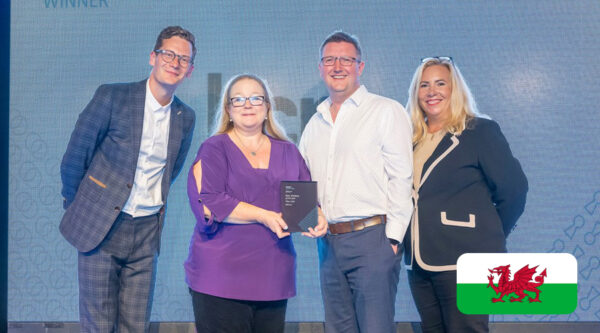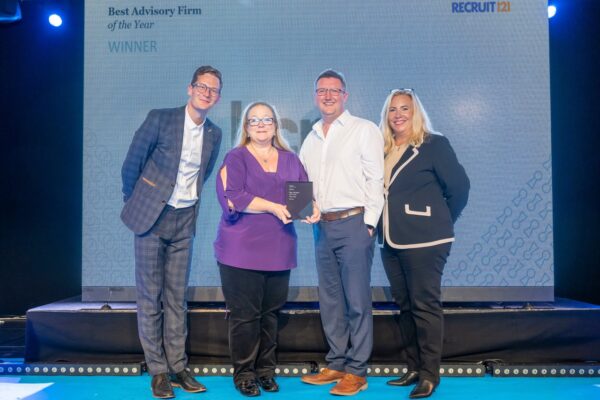

Central to the UK Government’s wrestle with how to improve the UK’s productivity has to be innovation – innovation in technology, innovation in service delivery and innovation in work practices.
This should not be beyond us, as the country has an enviable record of innovating to success. From the agricultural and industrial revolutions of the 18th and 19th centuries, through computerisation, the world wide web and the ‘internet of things’ in the 20th, to sustainable hypersonic engine technology, for example, in the 21st. However, innovating is not a smooth path. Having a good idea is one thing. Getting it delivered, entirely another.
I am not sure how it came to pass, but I recently ended up watching the 1955 film ‘The Dam Busters’. A movie I had seen more than once before. Filmed at a time when the pain of a world war was still deeply felt, it offers a picture of the extraordinary bravery of individuals – servicemen – who put their lives on the line and gave them for others. We are a country deeply grateful for their sacrifices.
However, as I watched the movie, it occurred to me that the film is far more than a testament to bravery. It also offers a lesson in key ingredients for delivering successful innovation. More than half the film is taken up with the story of a path followed from the germ of an idea of technology through to a purposeful outcome. The story as told is one of a difficult journey, which nearly left the rails on more than one occasion.
- Value in purpose: The inventor in question, Sir Barnes Wallis, did not start with the ‘how to’, he started with the imagination of purpose. He conceived of what could be done to shorten the war – to break the dams of the reservoirs that fed the enemy’s war machine. The question of ‘how to’ came next.
- A creative mind: He had an innovating engineering mind to think outside convention, test the possible and yet be prepared to draw on the ideas of others. Here, he took an idea of Lord Nelson who over a century earlier had thought to fire cannon-shot to bounce off the water a short distance from an enemy’s ship into its hull to maximise the impact through the direction of force of the shot. He took that idea, to imagine a bouncing bomb – operating much as one might sling a stone across the water’s surface from a beach – that would hit its target with precision; placing the armament just where it needed to be to maximise the force of its explosive energy directionally through the thick walls of the dam.
- Persistence: Converting his idea into something that worked in practice required enormous persistence of experimentation and advocacy. Crucially, he continued to maintain belief in the idea, the engineering principles and the importance of the purpose. He kept to it, despite failure and failure again. It involved an enormous amount of graft; effort which took its mental toll.
- Collateral technology: On its own, designing something that could do the job was not enough, it required two other innovations for successful delivery. Both of these ideas were the result of creative minds who understood what the core technology was about and were prepared to think out of the box for solutions. The first, the use of beams of light shone on the water to measure altitude (an idea derived, so the story goes, from the use of stage lights in a theatre) and the second, a simple hand-held fork by which the navigator’s eye could measure distance to the target by triangulation with two permanent points on the land.
- Persuasion: Much of the story of the film is how hard Wallis found it to communicate the viability of what he had in mind to those whose support he needed. He had no difficulty in finding acceptance in the potential value of his invention. However, he had to persuade those who had the resources and facilities to convert theory into viable technology that they should prioritise his idea over the very many others inundating them. That was tricky against the backdrop of failure after failure of experimentation.
- Resourced investors: Wallis also needed the right backers. An innovation rejected by many, the story of the film is that ultimately it took the Prime Minister to get behind the project for it to be delivered.
- Good fortune: Measuring the contribution that ‘luck’ plays in the success of any innovation is a pyrrhic exercise, but here, luck played its significant part. Amongst other things, the flying conditions for the aircraft were absolutely crucial.
These seven ingredients of successful innovation played out in the film do not of course detract from the main story – the remarkable courage of a small band of alarmingly young airmen. However, they provide an additional inspiring backdrop to that story.
The wartime context for the realisation of Wallis’s invention provided a very specific individual narrative – the imperatives of a war effort and a public funding framework geared to those imperatives.
Although those innovation ingredients of that mid-20th century international conflict still speak to us today, it is the commercial drivers that are going to be central to the successful realisation of innovations, as we walk the path to improving productivity in the UK.
Whether and how the commercial drivers catalyse inspired innovation are entirely dependent on the conditions of the ‘seedbed’ in which those ideas are germinated, brought to market and protected.
Modelling those conditions is in part a responsibility of government – through the delivery of tax and other fiscal policies that incentivise investment and the provision of a fit-for-purpose, internationally competitive legal framework offering the right balance between access to ideas and their protection. Importantly, however, it is also up to the finance sector and professional services providers to all play their parts.
So, to pose the question, is the legal profession doing all it can to shape and frame the UK seedbed for innovation – to make it fit for purpose – and support the drive to improve business productivity?
At HCR, our Technology Sector team is working with a range of partners to share our experience and expertise with individuals and organisations that are key to successful innovation in the regions of our offices across a wide range of sectors. We want to play our part in cracking the productivity challenge.
We would be delighted to speak to innovators and those who support innovation (especially investors), whether in technology, healthcare, agriculture, financial services, education or defence and security for example. If you are a Barnes Wallis or are otherwise interested, do get in touch.










